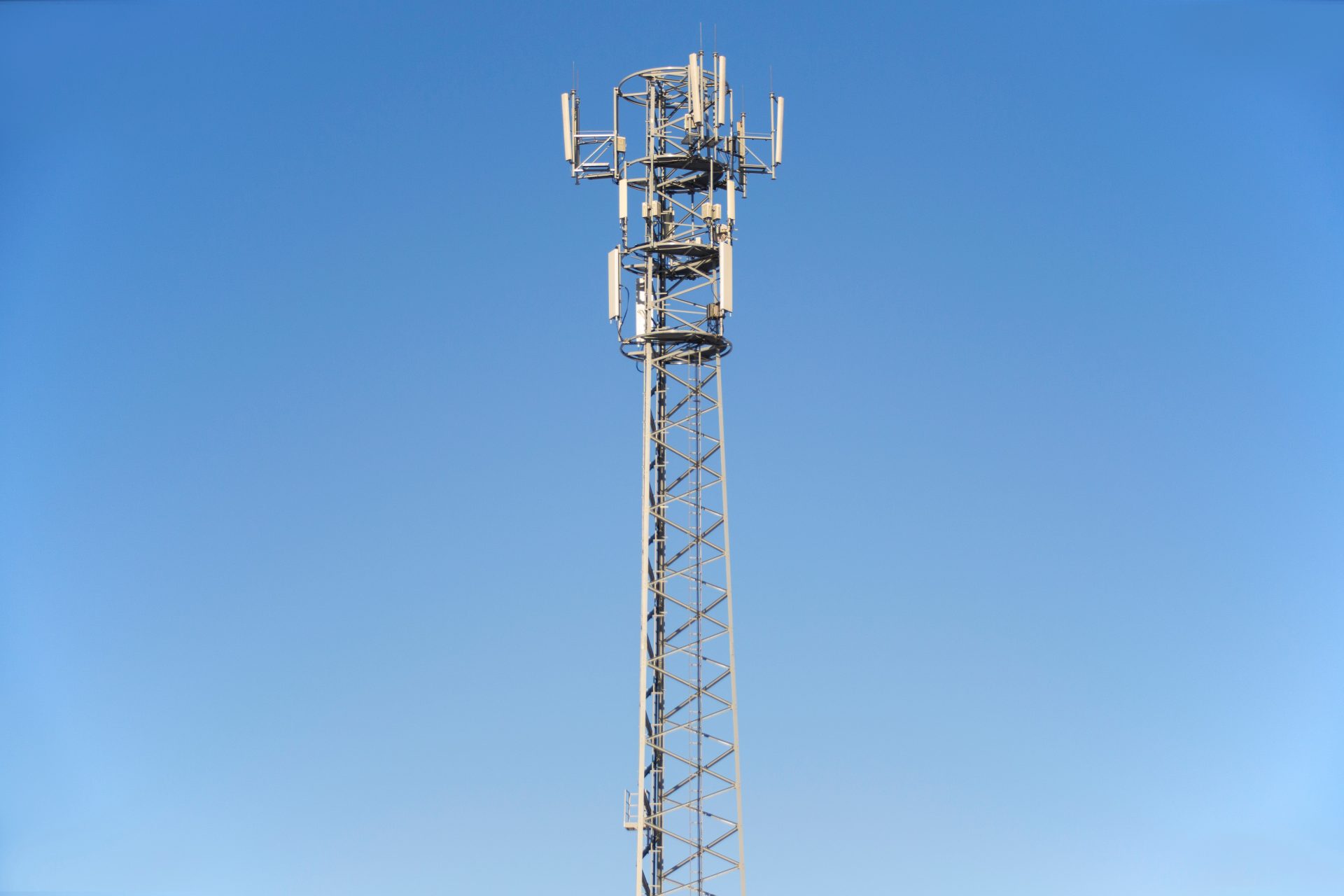Are usually safest distance from a 5G cell Structure?

If you've ever wandered through a town and spotted tiny 5G cell towers on the poles of street lights. They look like small boxes, but they're actually broadcasting wireless signals from mobile providers to your mobile.
The smaller ones are being replaced by larger built cell towers. Although what is a safe distance from a 5g cell tower 're not as visible but they can still create problems for those who live nearby.
The FCC's Radiation Exposure Thresholds
The FCC's Radiation Exposure Thresholds determine the safe limit at which a person can be exposed to electromagnetic radiation from wireless devices. The exposure limits are based on research that show that RF energy could cause harm to health.
The specific absorption rate (SAR) is an indicator of the amount of radiofrequency energy that is absorption by tissues. It is typically 1.6 watts per kilogram, spread over a kilogram of tissue.
But, since 5g operates at higher frequencies this could be able to create more energy on the skin as well as other body parts. This could lead to various potential problems, including an increased the development of skin conditions like dermatitis, skin cancer and cataracts.
Due to the possible negative effects of 5G radiation, PSU has chosen to create a general maximum power density of four MW/cm2 averaged on 1cm2, and never to exceed 30 minutes, for the entire 5G spectrum at 3000 GHz. This localized limit is in accordance with the maximum SAR spatial-average of 1.6 W/kg, averaged over one grams of tissues at six GHz.
The FCC's Maximum Exposure Thresholds for Maximum Exposure

In the event that you've used cell phone, then you've probably realized that the safest distance from the tower is at least 400 meters. This is because the power of transmission from a cell tower increases dramatically the further away your location from the tower.
While it sounds like something that's good but the truth is that those living close to towers may actually be more prone to health issues. For instance, a study conducted in 2014 in India found that residents who lived within 50m from cell towers suffered much more health problems than those who lived farther away from the antennas.
However, this study also revealed that those who relocated to areas that were further from the cell towers saw their symptoms return to normal within a couple of days. safe distance to live from cell phone tower has demonstrated that exposure to extreme amounts of electromagnetic field radiofrequency (EMFs) could cause brain tumors, cancer, and other health problems.
This is because radiofrequency radiation, used in wireless communication can penetrate the human body's outer layer, called the skin. It is crucial to know because the skin acts as a protective barrier against injuries caused by mechanical forces, infections caused by pathogenic microorganisms and the entry of harmful substances. The skin is the largest organ in the human body. It is responsible for keeping the integrity of other organs.
The FCC's Minimum Exposure Thresholds for the Minimum Exposure
The FCC's Minimum Exposure Thresholds are based on many assumptions that aren't supported by evidence from science. safe distance from cell tower includes the false belief that exposures to RF radiations are not harmful due to minimal absorption into body (i.e. the heating of tissues).
This assumption does not take into account the deeper penetration of the ELF elements of modulated radio signals, as well as the consequences of short bursts of heat generated by RF waves that are pulsed. These theories are not compatible with current understanding of the biological effects of RF radiation, and thus, they should not be relied upon for health-protection exposure standards.
In addition there is the fact that both ICNIRP and FCC restrict their maximum exposure limits to local peak SARs based on the peak speed of spatial absorption (psSAR), which can be described as not a reliable dosimetric instrument for determining the level of exposure to radiofrequency radiation. Particularly it is inconclusive for frequencies above 6 GHz. In addition, psSAR is not been evaluated for RF radiation exposed to other environmental agents such like sunlight. The interactions of RF radiations with different environmental agents could produce synergistic or antagonistic effects. This can lead to an increased risk of negative health consequences. For instance, exposure to RF radiation with sunlight may raise the chance of skin cancer, and may also exacerbate other skin conditions like acne.
